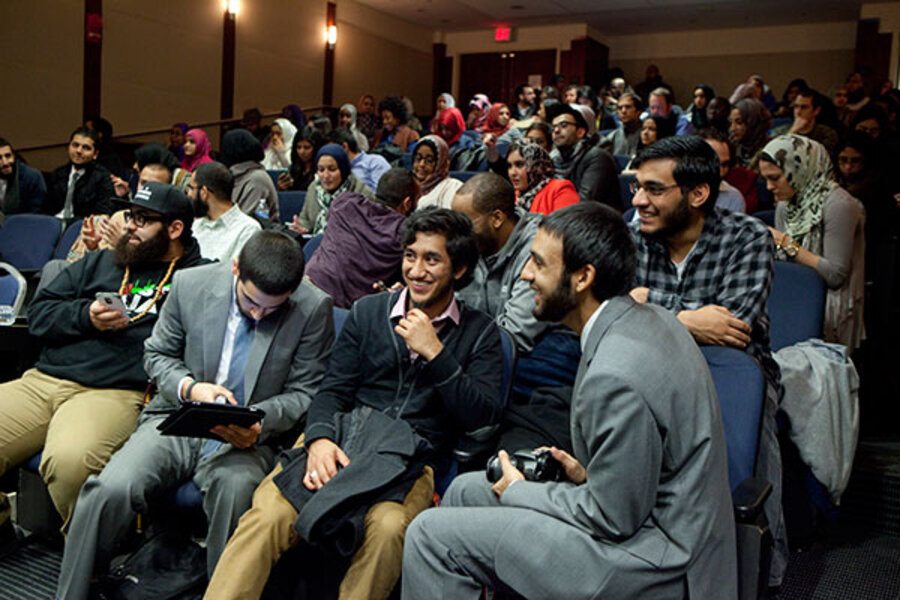Islam in the US – A brief history
Loading...
| New York
Although Islam first came to these shores 400 years ago through enslaved Africans, it didn't really register on America's radar in a significant way until the 1960s and '70s with Muhammad Ali and Malcolm X.
This despite the fact that, after slavery was abolished, some African-Americans had converted to Islam as early as the late 1800s, and that Muslims emigrated from the Middle East in the early 1900s, some settling in such unlikely places as Ross, N.D. But these small communities mostly disappeared into the American cultural landscape within a few decades.
Even as Muslims from Bosnia, Albania, and other parts of Europe made the United States their home, it wasn't until the mid-1960s that the numbers of Muslims began to swell significantly.
Many African-Americans began to convert, establishing mosques over the coming decades. At the same time, the government lifted national quotas on immigration, attracting waves of immigrants from the Middle East, South and Southeast Asia, Africa, and other parts of the globe. They brought not just a particular sect of Islam, but also the languages and cultures in which they practiced their faith.
From the 1990s onward, Islam became increasingly visible. According to the Pew Research Center, 45 percent of Muslim Americans today arrived after 1990, and the Council on American-Islamic Relations (CAIR) reports that, between 1994 and 2011, the number of mosques grew from 962 to 2,106. Their construction has sometimes met with pushback, whether in small cities like Murfreesboro, Tenn., or a megalopolis like New York.
Based on its survey of mosques, CAIR estimates that the current number of Muslims in the US may be as high as 7 million, or 2.2 percent of the population. Pew, on the other hand, calculates that Muslims number 2.75 million, or 0.08 percent.
Both, however, agree that the numbers are growing with the influx of new immigrants as well as new converts. One of the fastest growing segments, according to some observers, is the Latino community, which accounts for a fifth of new converts in the US. By 2030, says Pew, their number will more than double to 6.2 million or 1.7 percent of the population – equivalent to the number of Jews or Episcopalians in the US today.





